Types of Compression Therapy
Compression therapy includes two main types: passive and active. Passive therapy uses elastic garments to apply static pressure. Active therapy uses programmable pumps and air bladders to deliver dynamic, adjustable compression for more targeted outcomes.
Compression Therapy Topics
Available Compression Products
- Compression socks, stockings, and leg sleeves
- Arm sleeves, gauntlets, and gloves
- Adjustable wraps and bandaging systems
- Compression pumps with sequential, gradient, or intermittent modes
- Post-surgical and gender-specific compression garments
Compression Therapy Continuum
The continuum below shows compression types, pressure levels, prescription requirements, and levels of intervention. Products range from OTC stockings to prescription-grade pumps for complex conditions.
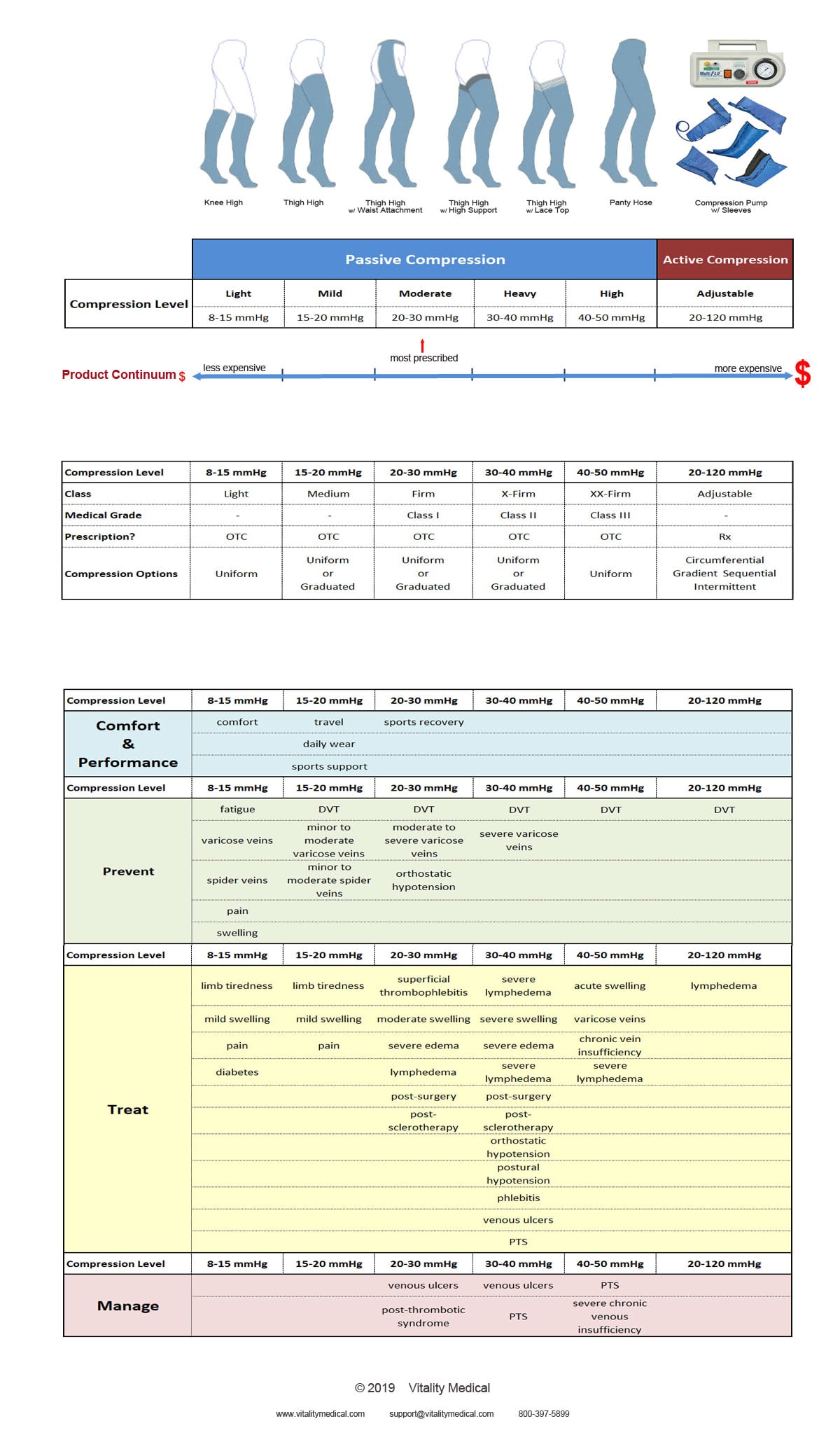
Passive Compression Therapy
Passive compression applies pressure through elastic garments such as socks, sleeves, and stockings. These products are commonly used to treat edema, varicose veins, and chronic venous disorders. Pressure is measured in mmHg and typically ranges from 8 to 50 mmHg.
Uniform vs. Graduated Compression
Uniform compression applies equal pressure throughout the garment. Graduated compression applies more pressure at the ankle, tapering upward, helping improve venous return and circulation.1
Compression Classifications
- Class I: 22–30 mmHg
- Class II: 30–40 mmHg
- Class III: 40–50 mmHg
Prescription Requirements
Passive garments are sold over-the-counter, but a physician’s input ensures the correct pressure and fit. Patients should avoid higher compression levels or thigh-high options unless clinically needed.
Active Compression Therapy
Active compression uses a pump to inflate sleeves that deliver air-based pressure. These systems offer circumferential, sequential gradient, or intermittent modes and provide 20–120 mmHg of pressure for lymphedema, DVT prevention, or venous ulcer management.
Compression Modes
- Circumferential: Single chamber applies uniform pressure to reduce early edema2
- Sequential Gradient: Multi-chamber inflation helps move lymph and venous fluid upward3
- Intermittent: Cycles between high and low pressure to mimic muscle pump action4
Prescription Requirements
Active pumps require a prescription when used for chronic conditions. Devices are typically used at home under medical supervision.
Compression Therapy Interventions
- Comfort and support: Relieves fatigue and reduces soreness
- Prevention: Aids in avoiding DVT, edema, and venous disorders
- Treatment: Reduces swelling and improves circulation
- Chronic condition management: Supports long-term care for POTS, EDS, MTS, and more

Indications
- Obesity
- Limb injury or surgery
- Venous or arterial insufficiency
- Chronic edema or fatigue
- Spider veins or varicose veins
- Blood clots or lymphedema
Contraindications
- Peripheral arterial disease
- Severe peripheral neuropathy
- Sensory deficits or limb deformity
- Pulmonary edema or CHF
- Untreated infections or DVT
- Allergy to compression materials
Footnotes
1 Lim, C.S., & Davies, A.H. "Graduated Compression Stockings," CMAJ 186.10 (2014): E391.
2 Siegal, D., & Lim, W. "Venous Thromboembolism," Hematology, Elsevier, 2018.
3 Curtis, C. "Sequential Compression Devices," UMHS, 2013.
4 Johns Hopkins Medicine. "
Buyers Guide
Online shopping provides a quick and convenient way to purchase products, and this is especially true for the...
Read more +
Compression sock therapy is highly effective in preventing leg fatigue, swelling, and varicose veins. It may also treat ...
Read more +
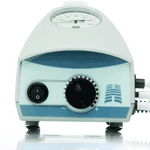

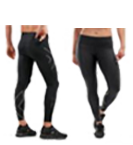
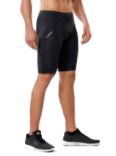
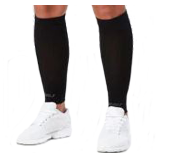
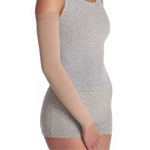
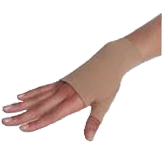
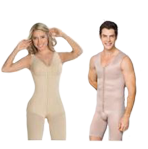

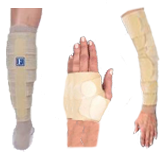


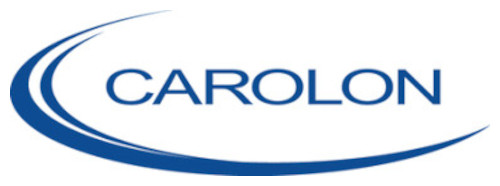

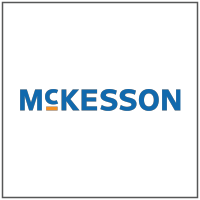





Login and Registration Form